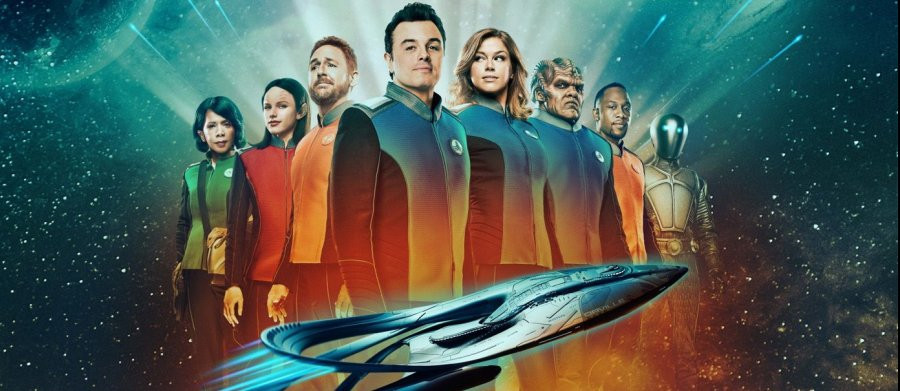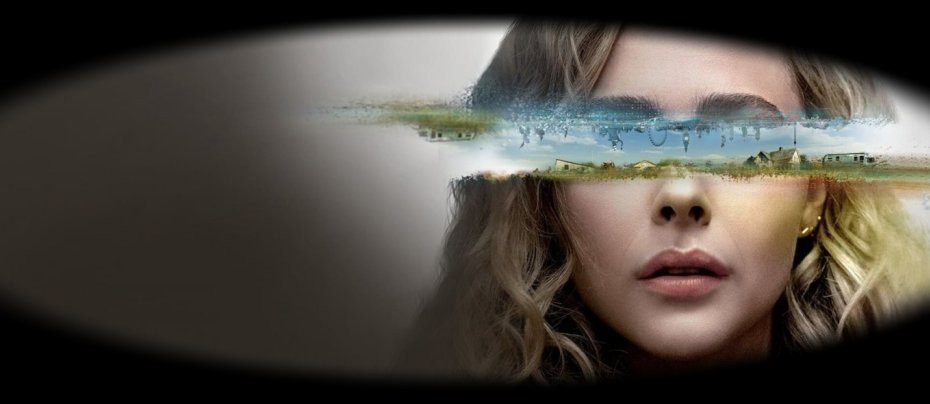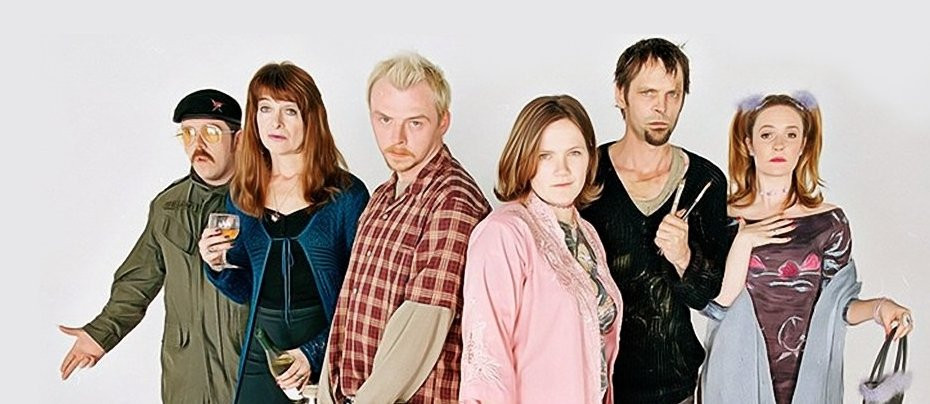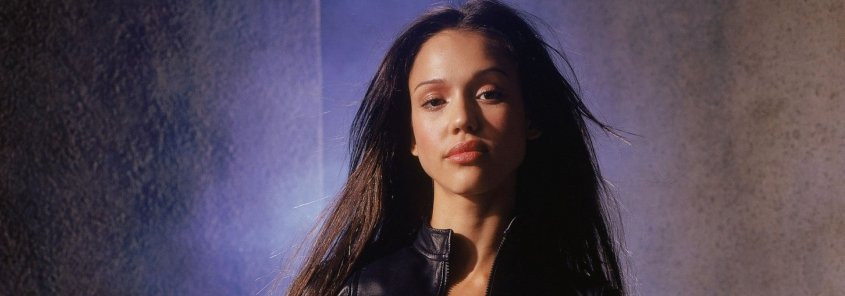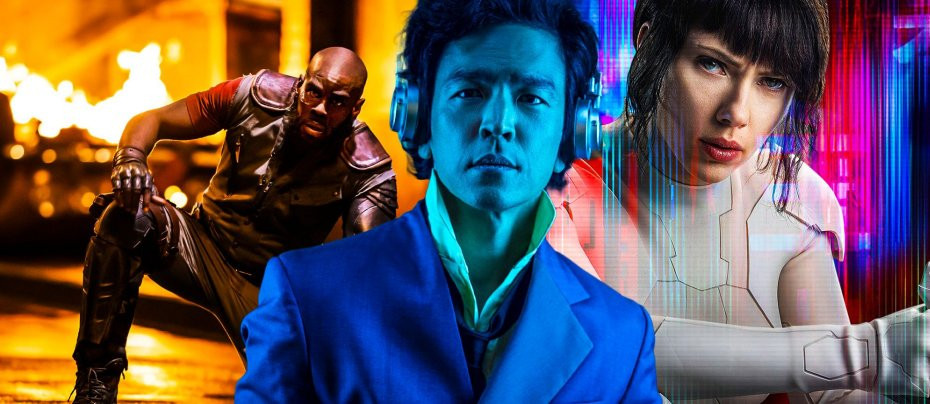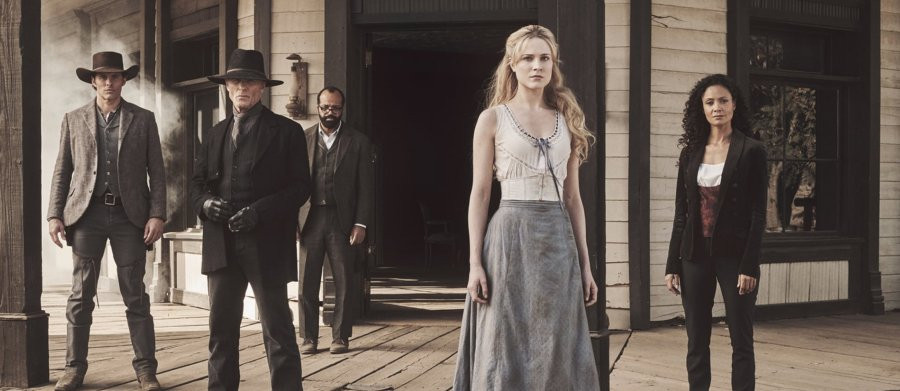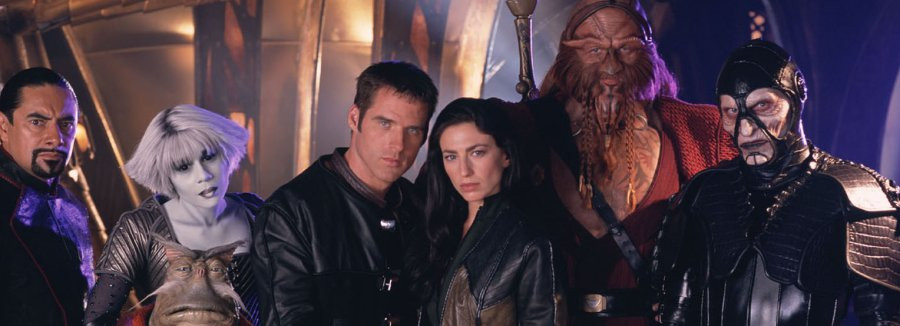
Farscape
1999 - Usa AustraliaWhen Farscape first burst onto television screens in 1999, it was clear this wasn’t your average space saga. Described by some as “Star Trek’s evil twin”, the series defied genre conventions with its anarchic tone, inventive visuals, and wholly unpredictable storytelling. A co-production between the Jim Henson Company, Hallmark Entertainment, and Australia’s Nine Network, Farscape emerged as a bold and utterly bonkers alternative to the polished sheen of mainstream sci-fi.
The story begins with a simple experiment gone awry. Astronaut John Crichton (played with infectious charm and growing desperation by Ben Browder) is piloting a test flight aboard his module, Farscape 1, when a spatial wormhole opens directly in his path. Catapulted halfway across the galaxy, Crichton finds himself in an uncharted region of space — and slap bang in the middle of a violent space battle. In the chaos, a Peacekeeper vessel is destroyed after taking evasive action to avoid Crichton’s module. Unbeknownst to him, that ship was meant to rendezvous with a living spacecraft — a Leviathan — carrying a group of rebellious prisoners.
The Leviathan, a bio-mechanical creature named Moya, has been enslaved by the authoritarian Peacekeepers using control collars that suppress its free will. Crichton, bewildered and utterly out of his depth, is soon swept up in the prisoners' escape. Before long, he’s labelled a fugitive himself, mistakenly held responsible for the death of a Peacekeeper — who, as luck would have it, turns out to be the brother of relentless Peacekeeper captain Bialar Crais.
What follows is a wild, chaotic, frequently hilarious and often emotionally devastating ride through a universe where nothing is familiar, and anything — truly anything — can happen.
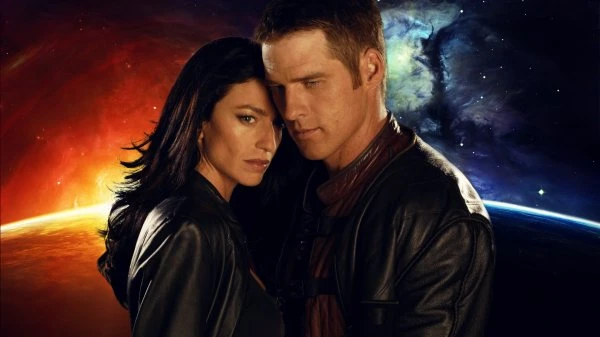
What set Farscape apart from its contemporaries was its fearless embrace of the bizarre. Where other shows might offer a comforting vision of the future, Farscape revelled in its unpredictability and strangeness. Crichton’s companions are a rogue’s gallery of escaped prisoners and alien outcasts, including the fierce ex-Peacekeeper Aeryn Sun (Claudia Black), the cantankerous warrior D’Argo, the self-absorbed Dominar Rygel XVI (a Henson puppet creation), and the mystical Delvian priestess Zhaan. These characters bicker, bond, betray and battle — and unlike many sci-fi ensembles, they rarely agree on anything.
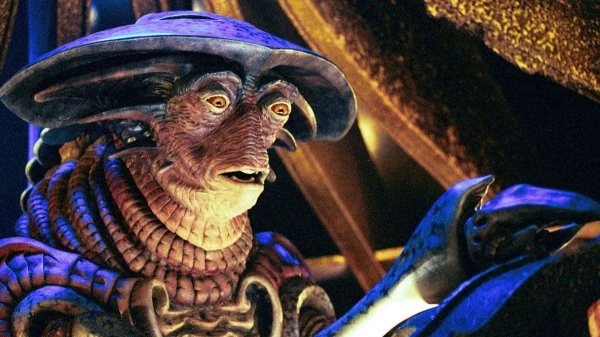
Visually, the series was a marvel. Blending CGI, practical effects, and stunning animatronics from the Jim Henson Creature Shop, Farscape had a tactile, gritty quality that made its universe feel uniquely alive. Rather than glossing over the alienness of its settings, the show leant into it — delivering creatures that were genuinely otherworldly, sometimes grotesque, and always imaginative.
Originally intended for the Fox Network in the US, Farscape eventually found its home on the Sci-Fi Channel, where it was embraced by a cult following. The series was shot in Sydney, beginning in September 1998, and carried a distinct Antipodean flavour that added to its offbeat charm.
British sci-fi magazine TV Zone described the show as “the boldest, brightest and most mind-boggingly brilliant Sci-Fi saga currently on the air,” and it’s hard to disagree. Farscape took risks — narratively, visually, and emotionally — and while it didn’t always play by the rules, it created a world that was thrillingly original.
For those who crave a sci-fi series that dares to be messy, human, alien, and utterly unpredictable, Farscape remains a high-water mark. It may have started with a test flight gone wrong, but it took viewers on one of the most memorable voyages science fiction television has ever offered.
Seen this show? How do you rate it?
Seen this show? How do you rate it?
Published on December 11th, 2018. Written by Skip Wilson Jr. for Television Heaven.



